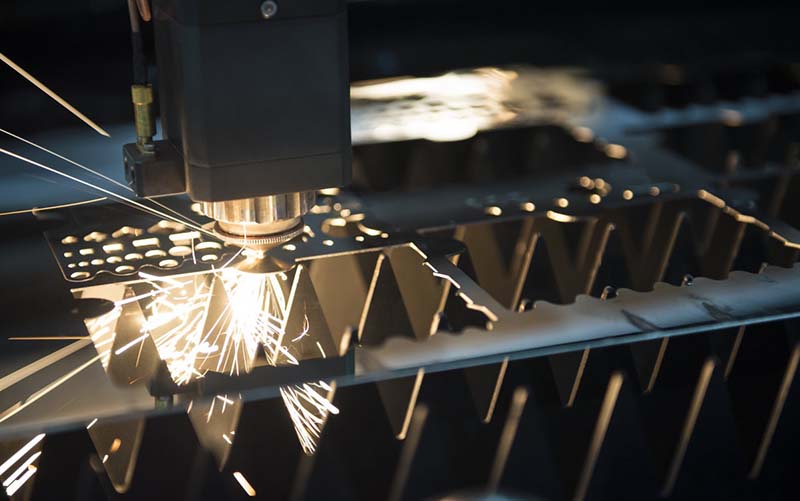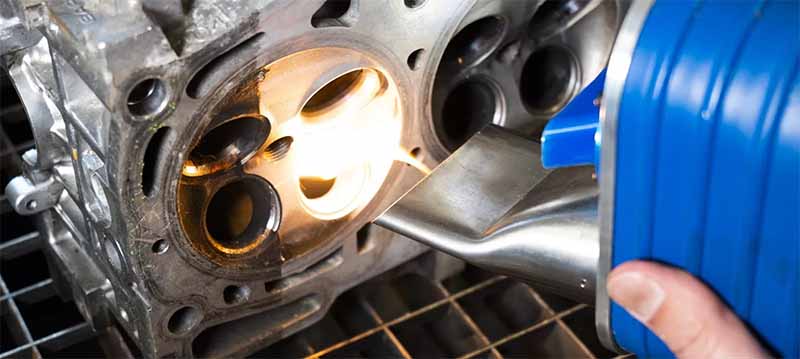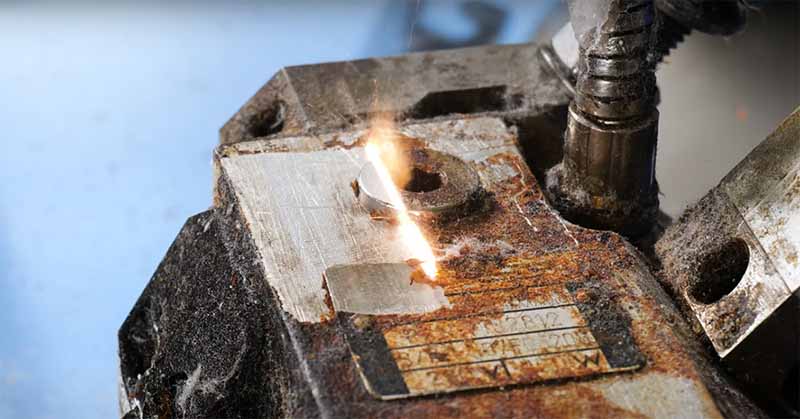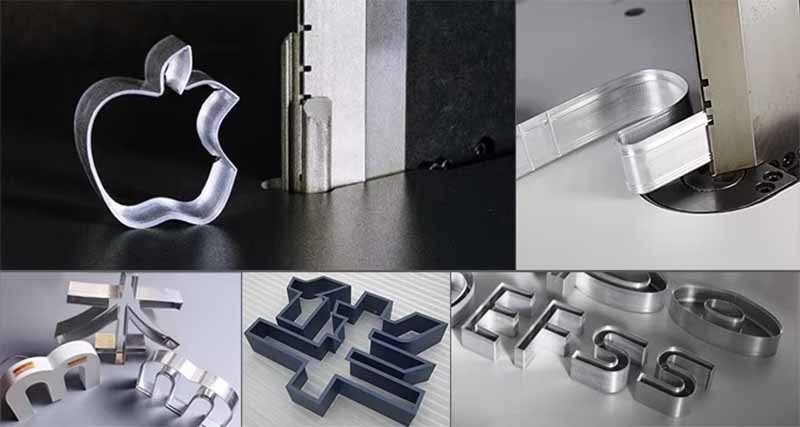As metal processing technology advances, cutting methods have become increasingly diverse, including flame cutting, plasma cutting, and laser cutting. However, not all of these methods are suitable for cutting brass. For example, flame cutting is mainly used for carbon steel, while plasma cutting can be applied to various metals. For thinner metals, cutting brass with fiber laser is the ideal solution, offering greater precision and efficiency.
Can a Laser Cutter Cut Brass?
Brass is an alloy composed of elements like copper and zinc, known for its excellent machinability, electrical conductivity, and corrosion resistance. It is commonly used in manufacturing locks, hardware components, valves, water pipes, connections, and radiators.
How to laser cut brass? Laser cutting brass sheet uses high-energy laser beams to evaporate or melt the brass, allowing for precise cutting. Laser technology can not only cut but also perform more intricate tasks like drilling and engraving. However, whether laser cutting is suitable for brass plate and pipe depends on the following factors:
- Brass Thickness: Laser cutting is highly dependent on material thickness. When cutting thinner brass, the technique delivers excellent results, but for thicker brass pieces, the laser beam may struggle to penetrate fully, affecting quality.
- Laser Power: The laser’s power plays a crucial role in determining if brass can be cut. For thin brass, laser cutting is ideal. For thicker brass, higher-powered laser cutters are required to ensure smooth edges and fast cutting. However, thicker materials may take longer to cut.
- Use of Assist Gas: Nitrogen is commonly used as the assist gas when cutting brass with lasers. It helps prevent oxidation at the edges, resulting in better cutting quality and less discoloration.
- Focus Position: The focus position refers to where the laser beam converges after passing through the lens. If this is not accurately set, the cutting quality can be significantly impacted.
The Challenges of Laser Cutting Brass
Pure copper and brass are high-reflective metals with low absorption rates for laser wavelengths and excellent thermal conductivity. The absorbed heat dissipates quickly to the surrounding areas, affecting the cutting quality. Brass laser cutting is difficult and requires the right methods and equipment.
Firstly: Choosing the right laser based on brass thickness is critical. For high-reflectivity materials like brass, it is recommended to use high-power fiber laser cutters, such as 8000W or high power laser cutting machine. Depending on the laser power and brass type, you can achieve cutting thicknesses ranging from 0.5 mm~6 mm.
When cutting brass, higher laser power results in faster cutting speeds. Slowing down the cutting speed improves quality, making the process more controlled and cleaner, reducing warping or melting issues, especially with complex designs. However, cutting too slowly may cause excessive heat buildup, negatively impacting quality. Thus, balancing efficiency with the desired edge quality and precision is key.
Secondly, the position of the focal point is also critical. For optimal cutting results, the focal point should be set close to the surface of the material. This helps to ensure that the power density of the beam as it interacts with the material is maximized, resulting in faster melting of the material and cutting.
In addition, the choice of auxiliary gas also has an impact on cutting results. The use of air or oxygen as an auxiliary gas allows for the cutting of thinner brass sheets. This is because it effectively assists the cutting process and improves the quality and speed of the cut.
Pre-processing treatment: in order to improve the effect of laser cutting and engraving brass, the surface of the brass material should be treated. This treatment can include sandblasting, polishing or coating.
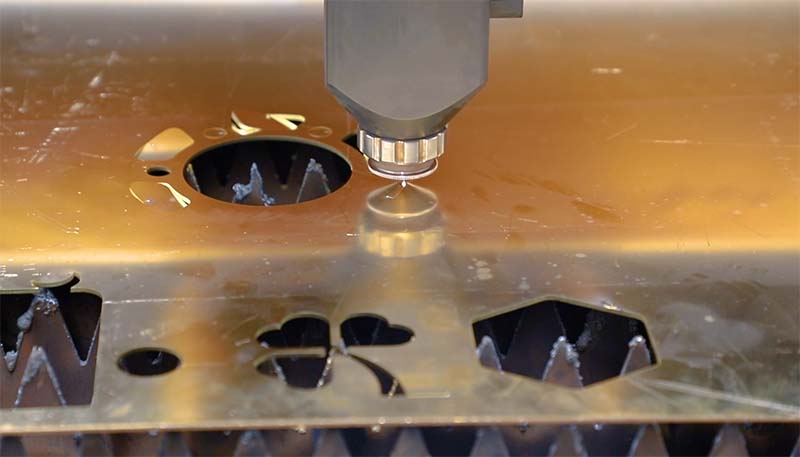
Why Choose Laser Cutting Brass?
When you need to cutting and engraving brass, laser stands out due to its unique advantages. Compared to traditional cutting techniques, laser cutting offers significant improvements in both efficiency and precision, along with high flexibility and automated operation, making it especially suitable for mass production. Let’s explore advantages of laser cutting for brass processing.
High-Precision Cutting: Laser cutting technology offers exceptional precision, ensuring that every edge is smooth and clean. This not only improves product quality but also reduces or even eliminates the need for post-processing like grinding, saving both time and cost.
Fast Cutting Speed: Compared to traditional mechanical cutting methods, laser cutting is significantly faster. This allows for more work to be completed in less time, accelerating production cycles, which is a great advantage for companies requiring high output.
Flexibility: Laser cutting is highly adaptable, making it ideal for brass parts with complex geometries or varying sizes. Whether its intricate small components or larger structural pieces, laser cutting handles them with ease, eliminating the need for mold changes and increasing production flexibility.
Efficient Mass Production: Laser cutting technology enables rapid and continuous processing of large quantities of brass parts. Its non-contact nature minimizes material waste, and its high level of automation significantly enhances production efficiency, meeting the demands of large-scale production.
User-Friendly Automation: Our laser cutting machine for brass sheets is equipped with an intelligent operating system and specialized software. It supports one-click import of complex designs, features automatic layout and corner smoothing, and provides precise measurement and cutting. The machine also supports high-speed cutting, drilling, and marking, reducing labor costs and increasing productivity.
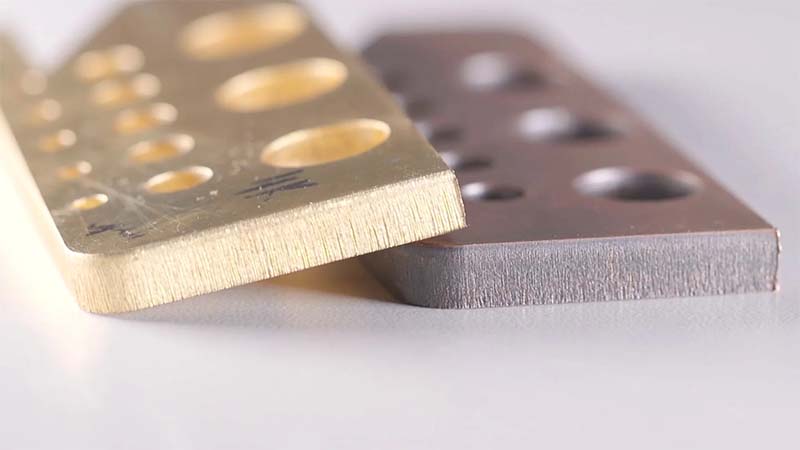
Application of Brass Laser Cutting
Laser cutting machines are widely applied in processing brass products due to their high precision, speed, and superior cutting quality. Brass, a copper-zinc alloy, is corrosion-resistant and won’t rust over time in the air, making it ideal for various industrial components, decorative items, and musical instrument parts.
Precision Components: Brass’s excellent conductivity, thermal properties, and ductility make it useful for manufacturing precision instrument parts, electronic components, and connectors.
Decorative Items: Products like door handles, locks, lighting fixtures, and architectural decorations often require intricate designs and complex shapes. Laser cutting can achieve these without compromising aesthetics.
Crafts: Laser cutting is perfect for creating detailed patterns and text for engraved art pieces, souvenirs, and medals. The high precision allows for intricate customization across various applications.
Pipes and Fittings: Brass pipes are used in water systems, HVAC systems, etc. Laser cutting ensures precise cuts for pipes, improving the quality of subsequent welding or assembly.
Hardware Tools: Tools such as screwdriver heads and wrenches are often made from brass due to its wear resistance and formability. Laser cutting provides high accuracy for non-magnetic tool components.
Musical Instrument Parts: Brass is commonly used in the manufacturing of musical instruments, such as mouthpieces for trumpets and trombones, and strings for orchestral instruments.
Electronic Components: Brass is also frequently used for electronic connectors, such as battery terminals and pins.
Mold Manufacturing: Laser cutting offers high precision in producing mold parts, especially when brass is used as the mold material for plastic or other applications.
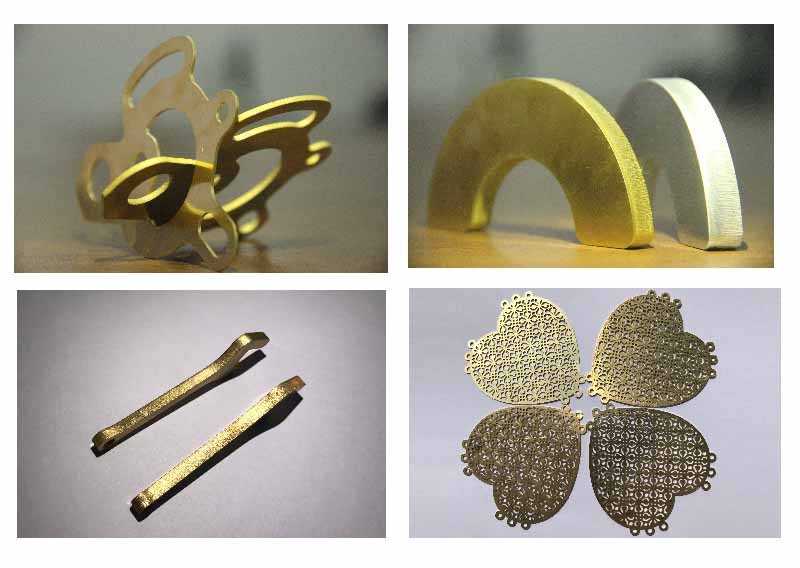
Fiber Laser Metal Cutting Machine for Copper and Brass
This fiber laser cutting machine is designed for both brass sheets and pipes, featuring a rotary device to securely hold brass pipes for high-efficiency, precision laser cutting. It has wide applications in metal machinery manufacturing, with premium components ensuring stable operation. The machine is capable of cutting brass sheets quickly and accurately, and is also suitable for processing a variety of metals, including aluminum, stainless steel, carbon steel, and more. The cutting lines are narrow and smooth, with the non-contact nature of laser cutting preserving the brass’s surface, making it ready for immediate assembly.
Features of Laser Cutting Machine for Brass Sheet
Wide Applicability: Supports cutting a variety of metal materials, including stainless steel, carbon steel, aluminum plates, brass, galvanized sheets, and aluminum alloys.
High Precision: Features excellent positioning accuracy (0.05 mm) and repeat positioning accuracy (0.02 mm), ensuring consistency and precision in every cut.
Fine Cut Edges: Produces narrow cuts (typically between 0.10 and 0.20 mm), which helps reduce material waste and enhances the aesthetic quality of the finished product.
Superior Surface Quality: The cutting surface is smooth and burr-free, reducing the need for post-processing steps such as grinding or polishing.
Efficient and Fast: The non-contact cutting method ensures fast cutting speeds, and the minimal heat-affected zone prevents thermal deformation, reducing the need for additional processing.
Stable Performance: This advanced laser cutting machine can deliver high-quality cutting results for a wide range of metals, from soft brass to hard steel, while maintaining the shape and dimensional stability of the workpiece.
Our copper and brass laser cutting machines utilize advanced new fiber lasers. The F3015 DPLASER fiber metal laser cutting machine, with its broad material compatibility and outstanding cutting speed, significantly boosts overall project efficiency. Regardless of the metal type, the F3015 ensures precise and efficient cutting operations.
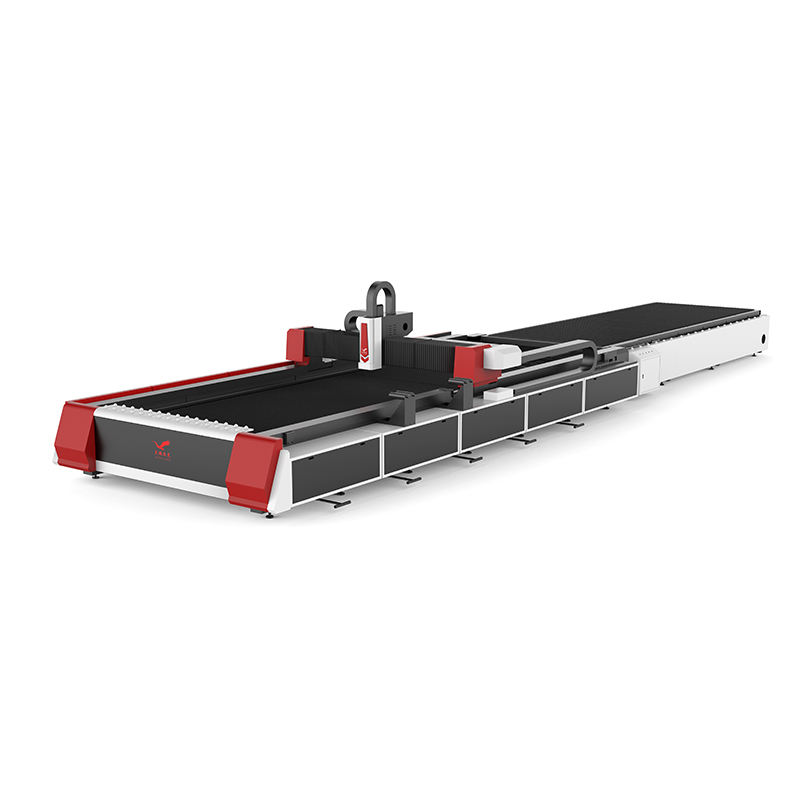
Fiber laser cutting machines for copper and brass ensure consistent, high-quality results regardless of material thickness. Leave a comment below, and we will customize a fiber laser metal cutting machine for your copper and brass projects, along with a brass laser cutting machine price. This will serve as a valuable reference when choosing the best metal fiber laser cutting machine. The Dapeng laser team, experts in metal sheet laser cutting, offers precise, fast, efficient, and cost-effective brass cutting solutions. We work according to your design specifications and can handle even the most complex cuts.

